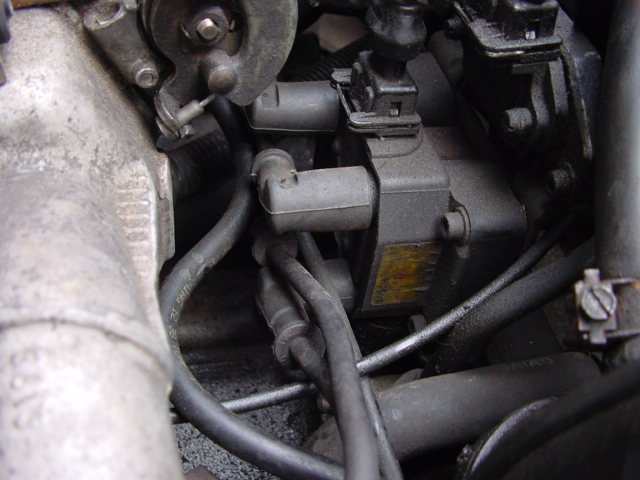 |
Alfa Pages A forum for help with the Alfasud And Alfa 33 |
|
|
Engine Bay Layout
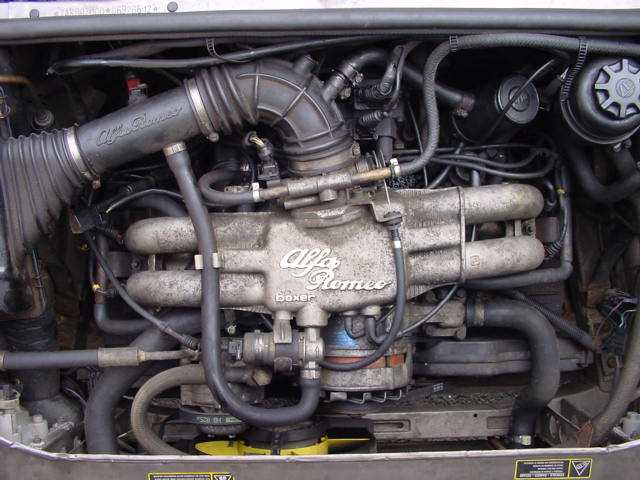
The engine uses an intake air temperature sensor, shown below.
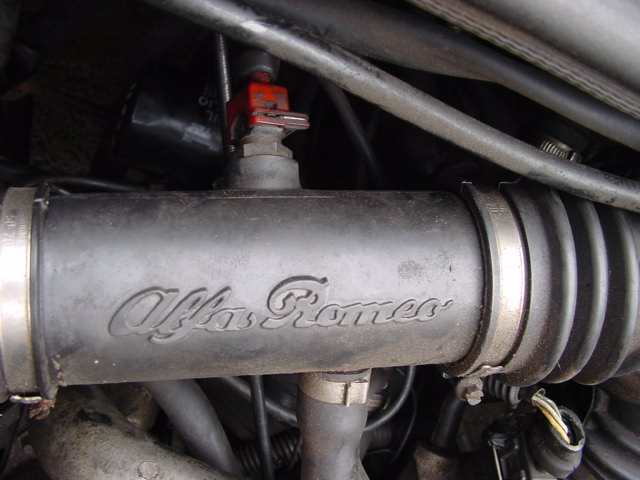
Below is the alternator, just a standard Bosch one
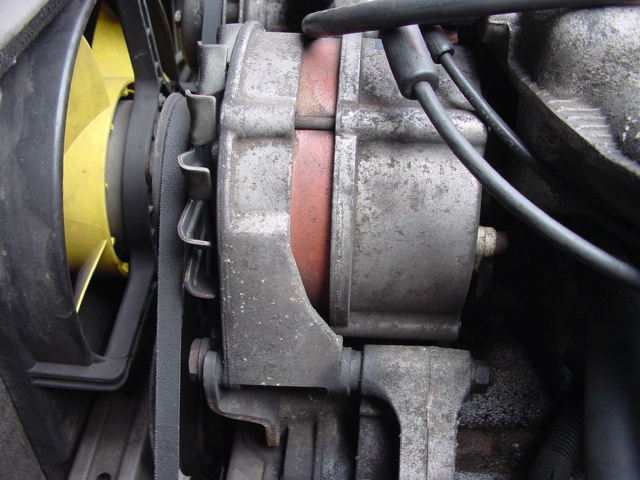
Here you can see the engine temperatur sensor, just about visable with the blue connector. Beside is there is the sensor for the oil preasure (to operate the warning light on the dashboard).
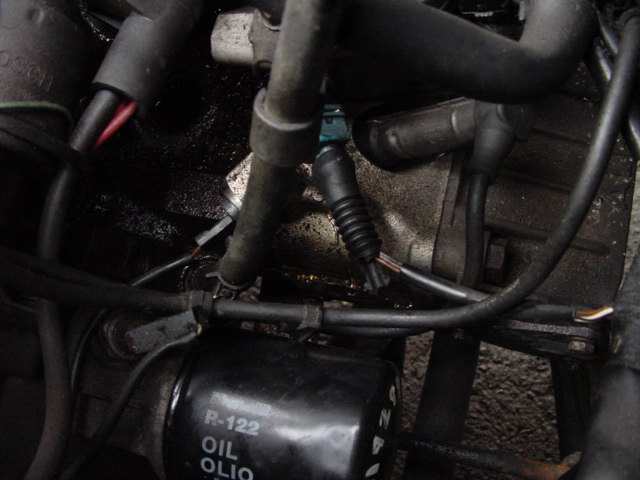
Below is the fuel preasure regulator. This takes a feed from the intake manifold after the throttle body and uses this to regulate fuel preasure to a set amount above the air preasure in the intake manifold. This way the amount of fuel injected is directly proportional to the length of time the injector is open.
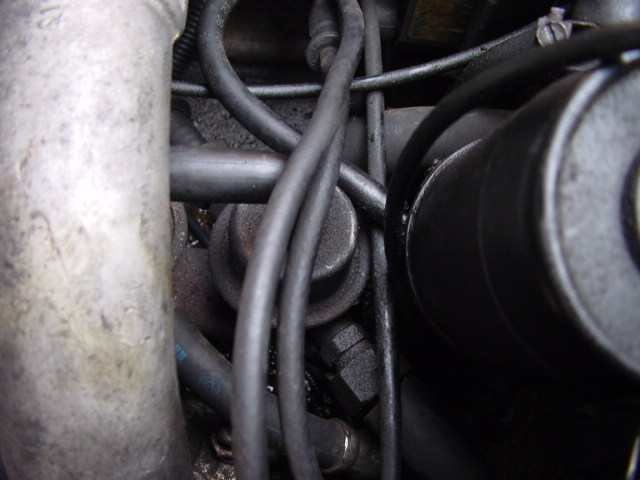
Her is the idle control valve. The ECU operates this to control the idle speed. Effectively it is just a small throttle controlled by the ECU.
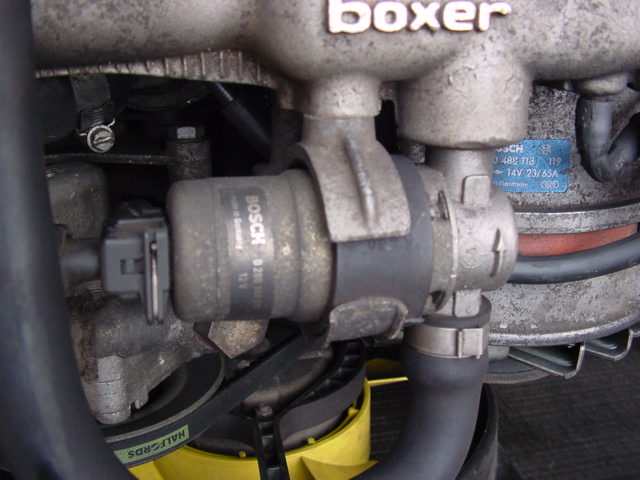
The 33 with MP3.2 injection uses a single injector per cylinder, as seen here. There is no aditional cold start injector.
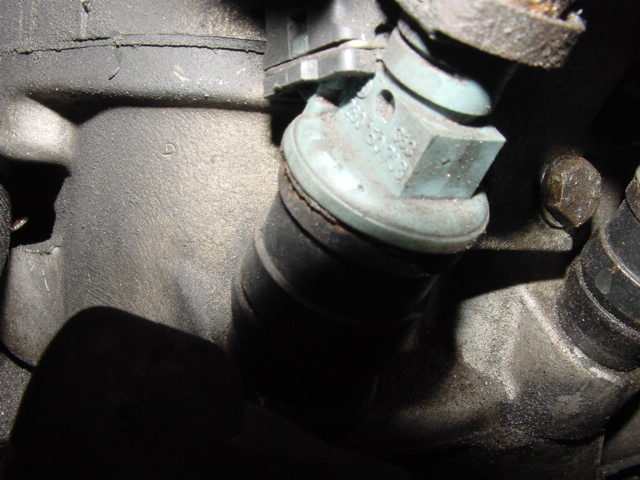
The power steering pump is visable here at the front of the engine.
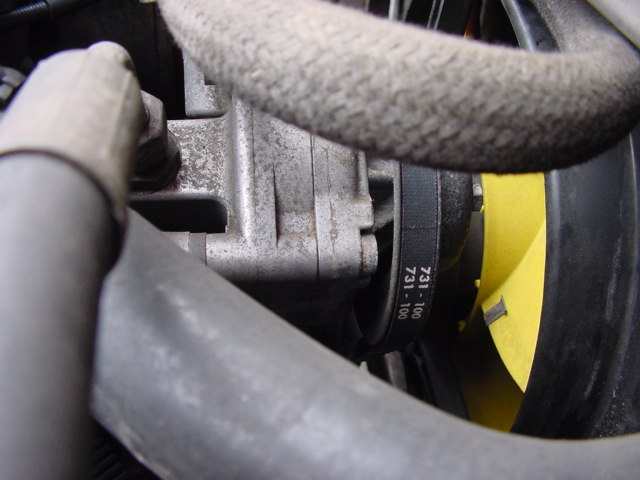
The pulse damper just smooths out the fuel preasure to try and avoid any sudden changes due to the fuel pump or sudden changes in throttle position.
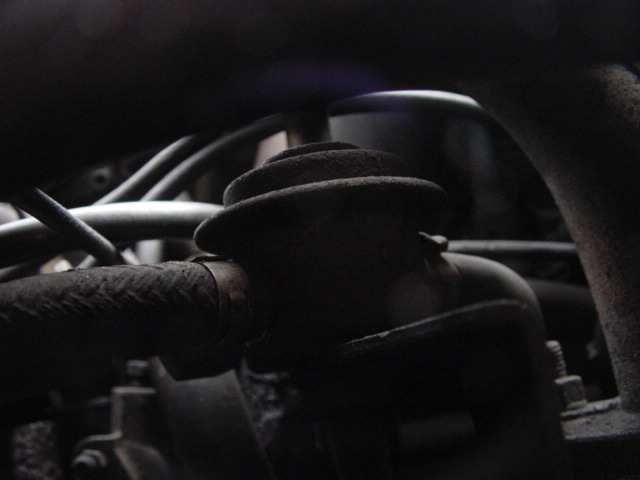
The 33's starter motor is hidden down here on the engine
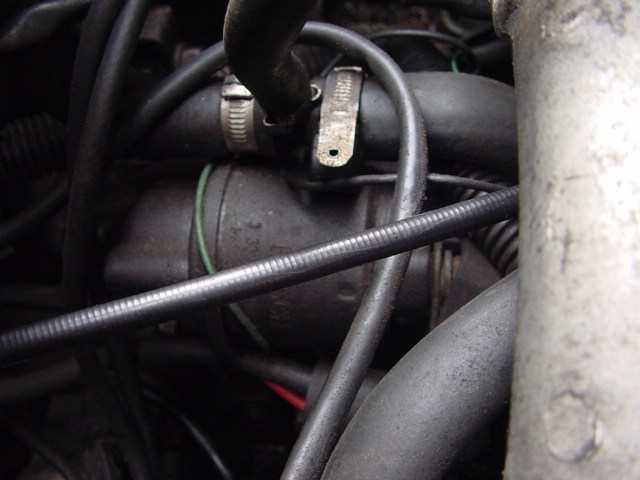
The MP3.2 system uses a throttle position sensor. This gives a reading of the actual position of the throttle, rather than the throttle position switch used on the 1.7 16V which basically just read closed, open or wide open.
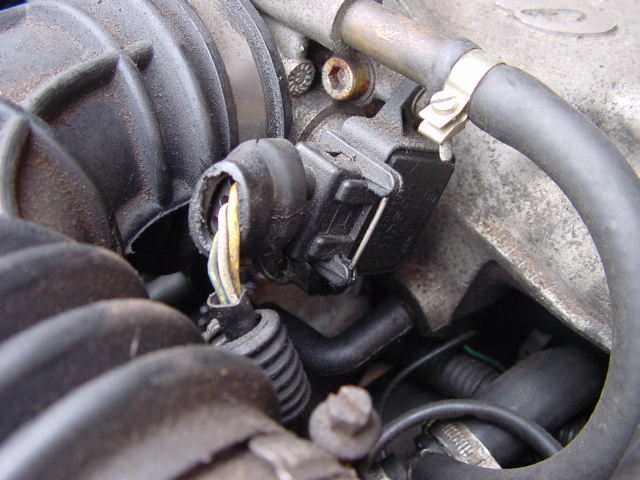
This is the vapour seperator. This allows excess preasure from the crankcases to be vented into the engines air intake. It contains what is basically a wire wool strainer to try and seperate any oil mist in the air from the crankcases, so that it can eventually return into the engine.
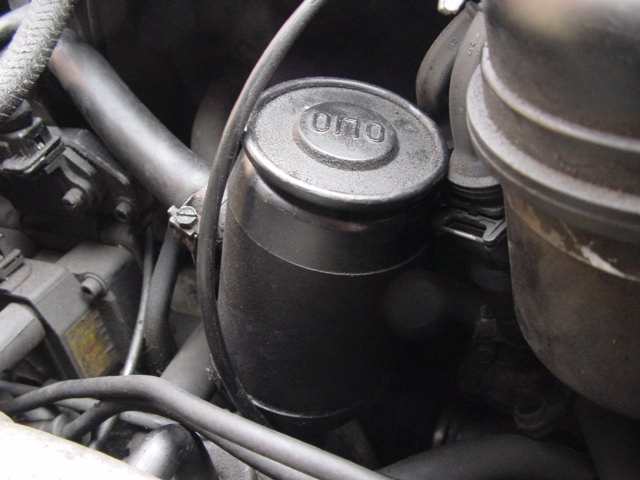
Just about visable at the front of the engine is the water pump
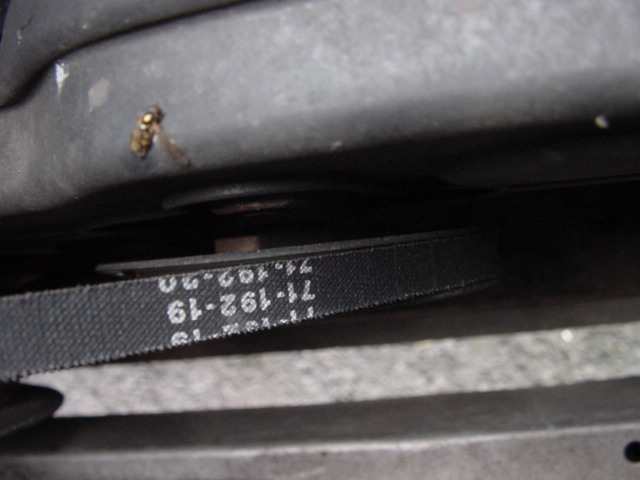
The MP3.2 system uses a coil pack and no distributor. A spark is generated for cylinders 1 and 2 simultaneously , and then for cylinders 3 and 4. The sparks are generated for each revolution of the engine, so on each cylinder every other spark is wasted.
